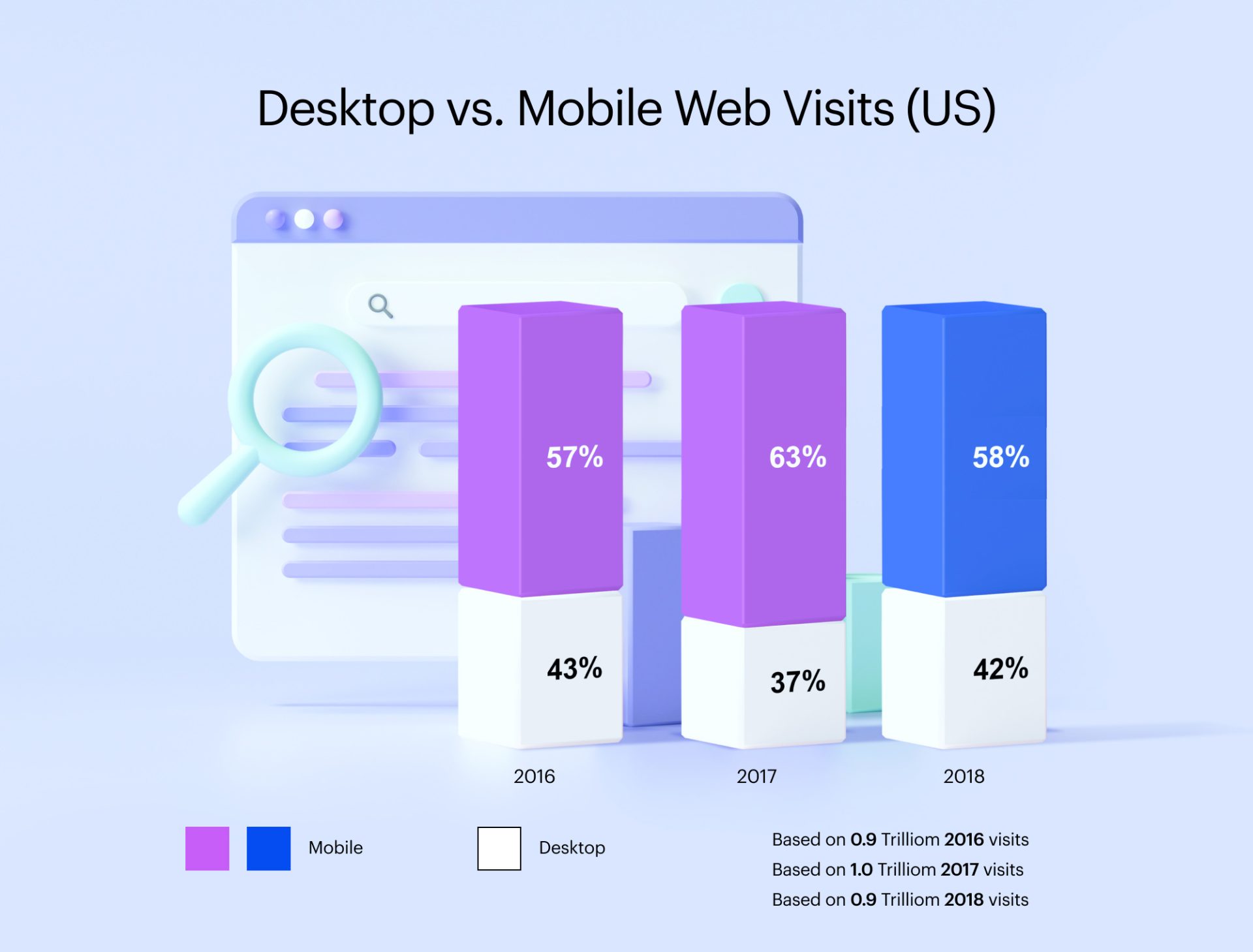One of the best marketing tools a company has is utilizing the effective resource that is SEO. This well of potential can take your company’s website and services from unknown obscurity to an influx of clicks, visits, and new customers.
One of the best marketing tools a company has is utilizing the effective resource that is SEO writing. This well of potential can take your company’s website and services from unknown obscurity to an influx of clicks, visits, and new customers.
The importance of organic searches driving traffic to your website cannot be stressed enough. In fact, only 2.6% of users click on paid advertisements.A modern and thriving business needs a presence online, and specifically, on Google. So, what are some of the most common mistakes people make when trying to elevate their business with SEO? Being an SEO specialist, I have seen my fair share of pitfalls and oversights that can leave your links unclicked and, therefore, your company mired in invisibility.

1. Cramming Keywords
A practical, clear, and informative writing style that includes keywords is the basis for intelligent SEO writing. Search engines and readers alike can sniff out disingenuous and thoughtless writing, especially when the articles are haphazardly crammed with keywords and strung together incoherently. Furthermore, if you have too many keywords throughout the article, Google will straight up ignore your piece and mark it as spam. Too few keywords and it also might risk being ignored. Keyword placement is also crucial: a good rule of thumb is to include (some!) keywords within the first 100 words.
2. Content That Lacks Quality
While keywords are necessary, content is – and always will be – king. How do you write quality and successful content? Basic rules of knowing your audience apply: your content should be addressing the questions pertinent to the searches – meaning you understand who your audience is and what the most urgent questions are for them. Essentially, and if not obviously, your text must be helpful to a person (hopefully a future customer) – not just mindless keyword tag placements for Google to read! You can achieve this by keeping a healthy balance of FAQ’s, blogs, videos, and tutorials interspersed with standard SEO articles. This well-rounded approach keeps your website feeling holistic and diversified, and not some soulless keyword-manufacturing page.
3. Slow Speed
It’s important to remember that people value time nearly as much as they value money. Therefore, any time wasted or spent waiting is an SEO article killer. If a reader must wait a long time for your page to load, it’s game over. If your page has a high bounce rate, Google will assume others will also likely exit your page quickly and damn your page to a low status on the results list (SERP). Slow load speed can come from a poorly written or excessively long code, over saturation of complex graphics, or hidden dubious text within the code. Once on the website, visitors should feel a sense of clarity and ease while engaging with your page. Strategic button placement and easily navigated drop-down menus keep viewers from being overwhelmed, and ultimately they will stay longer on your page. The longer a viewer stays on the page, the more influential your page will become in its placement in the next round of similar search queries.
4. Mismanaging Metas

The following most important SEO factors are actual on-page content, meta titles, tags, and schema. Title tags and meta descriptions are essentially what pops up in a SERP. These optimizing factors need to have that perfect alchemic brew of descriptive-but-not-too-wordy, giving a glimpse of what the article is about and how it can answer their search query. Adding a keyword into your meta title is an excellent idea but keep it short and alluring for the reader to click. A Schema summarizes Google as to what your page is about, therefore enhancing the chances of your writing being read by not just a robot.
5. Not Optimizing for Mobile
Google has recently adopted a mobile-first approach, meaning that it indexes your website rank based on the mobile version. This is hugely important, as most queries nowadays are being dictated by your touch screen or even voice automation. Google’s mobile-friendly test is an excellent tool to check the ease of experience your mobile version provides. Keep in mind the placement of images or ads and make sure they aren’t awkwardly breaking up a paragraph and are relevant to the text surrounding it.

6. Ignoring Internal Links and Excluding External Links
Referencing external links to reputable sources or well-ranking websites is an excellent idea. It informs Google that you have done your research and have cited said sources. It gives added credibility to your page, elevating your click-through rate and popularity in SERP placements while also gaining a reader’s trust that you aren’t just spewing opinions and not fact-checking your work. Likewise, adding internal links is a great way to direct traffic to your site’s most relevant and top-performing pages. A solid CTA often has an internal link that allows the reader to easily choose your company for services or products needed.
As you can see, SEO is not just about turning article after article.When done correctly, this indispensable marketing strategy allows for a positive user-engagement experience and brings more clicks and leads to your page. It’s often advantageous to enlist an SEO specialist who can keep close tabs on trending keywords,valuable tools for your website, and understand how SEO is affected by coding and optimization. Do an audit on your page and check for these common errors while keeping in mind that SEO is not a one-time task and requires thoughtful attention and research.
References:
https://www.forbes.com/sites/forbesagencycouncil/2…





